Gyemyeongsan Recreational Forest (계명산자연휴양림)
2022-09-07
1170, Chungjuhosu-ro, Chungju-si, Chungcheongbuk-do
+82-43-870-7930
Gyemyeongsan Recreational Forest is located on Gyemyeongsan Mountain, part of the Sobaeksan Mountain Range, and has outstanding views of Chungjugho Lake. Although the park is small in size, the recreational forest provides a peaceful and relaxing getaway with lush pine tree forest along with diverse animals and plants. The trees are great for forest bathing, and are beautiful in autumn when the leaves turn crimson. <BR>
Nearby attractions include Suanbo Hot Springs, Songnisan Mountain, Eight Sights of Danyang, and Chungjuho Lake. The park also has log cabins, providing a unique type of accommodation.
Geoje Recreational Forest (거제자연휴양림)
2021-06-14
325, Geojejungang-ro, Geoje-si, Gyeongsangnam-do
+82-55-639-8115
Geoje Recreational Forest is located on Nojasan Mountain (alt. 565 m). The mountain summit offers a panoramic view of the entire island, Hallyeohaesang National Park, and even as far as Tsushima Island in Japan on clear days. The forest itself offers walking paths, hiking trails, a campground, and bungalows, making it a suitable location for family vacations.
Namhae Pyeonbaek National Recreational Forest (국립 남해편백자연휴양림)
2021-07-23
658, Geumam-ro, Namhae-gun, Gyeongsangnam-do
+82-55-867-7881
Namhae Pyeonbaek National Recreational Forest, opened in 1998, is located near the south sea with a forest full of cypress trees. With a total area of 2.27 million square meters, the recreational forest is an ideal place for relaxation with a view. The observatory, approximately one hour walk from the entrance, provides an amazing view of the south sea with various size islands. The recreational forest offers visitors facilities including accommodations, outdoor classroom and more. There are also many historic sites including Chungnyeolsa Temple.
Gungmangbong Recreational Forest (Pocheon) (국망봉자연휴양림 (포천))
2020-05-19
207-28, Neumbawi-gil, Pocheon-si, Gyeonggi-do
+82-10-2234-5522
Gungmangbong Recreational Forest is situated to the west of Sillobong Peak and Gukmangbong Peak. Within the recreation forest there are around 170 kinds of plants including nut pine trees, pine trees, and others. Visitors can enjoy with cool valley in summer and the beautiful snowy landscape of the mountains in winter.
Heukseoksan Recreational Forest (흑석산 자연휴양림)
2021-01-08
306, Sangol-gil, Haenam-gun, Jeollanam-do
+82-61-535-4812
Located at the base of Heukseoksan Mountain, Heukseoksan Recreational Forest is a recommended vacation spot with forest and valleys as well as beautiful azaleas on display during the azalea festival held every May. There are also nice lakes near the valley. In addition, visitors can enjoy general mountain cottages with special red-clay room, water playground, animal barracks and more.
Yongpyong Water Park (용평워터파크 )
2025-08-20
715 Olympic-ro, Daegwallyeong-myeon, Pyeongchang-gun, Gangwon-do
+82-33-335-5757
Peak Island, located across from the public golf clubhouse at Yongpyong Resort, offers enjoyment throughout all four seasons. With a total space of 12,806 square meters, Peak Island has one basement floor and four above-ground floors that can host up to 3,500 people at the same time. The basement floor has spa facilities designed like a club house for golfers to enjoy after a round of golf. The first floor is the entrance, second floor is the lockers, third floor has a spa, wave pool and other attractions, and the fourth floor is the jjimjilbang (Korean sauna). Outdoor facilities include Finnish sauna and other theme attractions.
Phoenix Blue Canyon (휘닉스 블루캐니언)
2023-04-17
174, Taegi-ro, Pyeongchang-gun, Gangwon-do
+82-1588-2828
Phoenix Blue Canyon is a leisure water park that uses pure water from deep valleys amid the fresh air of Gangwon-do. It features Mediterranean-style water facilities, comprised of various resting areas and water rides.
Dolmen in Bugeun-ri [UNESCO World Heritage] (강화 고인돌 유적 [유네스코 세계문화유산])
2023-11-10
Bugeun-ri, Ganghwa-gun, Incheon
+82-32-933-3624
Dolmen in Bugeun-ri is a dolmen site in Ganghwa that was designated as a Historic Site for its historical value representing the funeral customs of the Bronze Age. The main stone used to create the tomb is 710 centimeters long, 550 centimeters wide, and 260 centimeters high. The dolmen is an example of the northern dolmen customs, serving as a subject of further research in the field of ancient history. The Dolmen in Bugeun-ri is also registered as a UNESCO World Heritage along with other significant dolmen sites.
Micheongol Recreational Forest (국립 미천골자연휴양림)
2025-08-18
115 Micheongol-gil, Seo-myeon, Yangyang-gun, Gangwon-do
This recreational forest is located at the foot of Guryongnyeong Pass, which connects Yangyang-gun with Hongcheon-gun, along Micheongol Valley. This 12 km-long valley creates waterfalls throughout the forest, both small and large, and feeds many varieties of trees including birch, ash, maple sap, and dogwood. In addition to the Forest Cultural Rest Center, campground, and auto campground, the forest also includes a historic site, a Silla-era Seollimwon Temple Site. Seollimwon Temple was a Seon (Zen) Buddhist temple complex built during the Unified Silla period, and the site of Treasures like the “Three-story Stone Pagoda at Seollimwon Temple Site, Yangyang.” Many forest-themed experience programs are available in the recreational forest: “Forest Education, Forest Guided Tour,” which brings one closer to the nature in the forest, and “A Beautiful Trip in Person,” which offers members of marginalized communities a chance to connect with nature, are the examples of such programs. There is a 6.2 km-long (round-trip) mountain trekking road in the forest, and a 12 km-long forest road (round-trip) that takes one from Complex 3 of the Forest House to Bulbaragi Mineral Spring.
Daegwallyeong National Recreational Forest (국립 대관령자연휴양림)
2022-06-20
133, Sampoam-gil, Gangneung-si, Gangwon-do
+82-33-641-9990
Daegwallyeong National Recreational Forest divides Gangwon Province from east to west and is known for its famous pine tree forests. It was designated as a suitable resting place to enjoy as it’s harmoniously situated in a valley surrounded by lush vegetation. Beautiful view of Gangneung and the East Sea can be seen day and night.
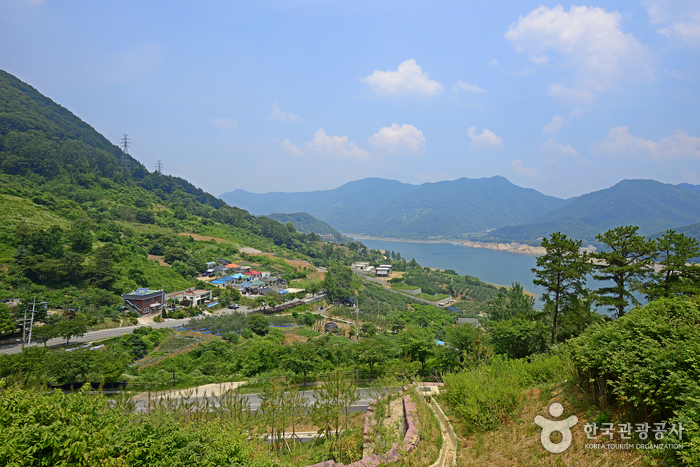
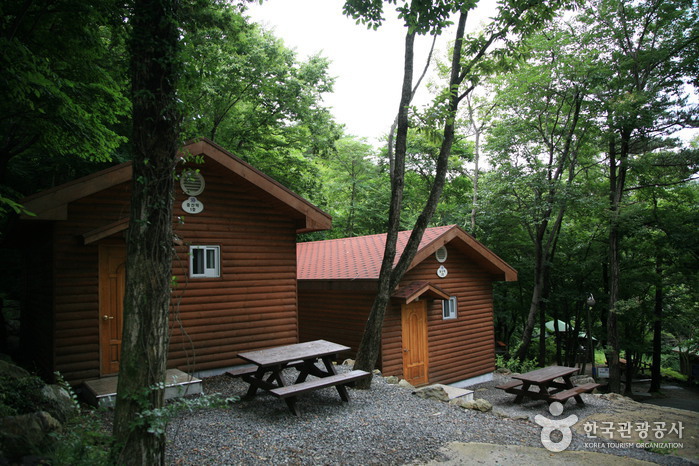
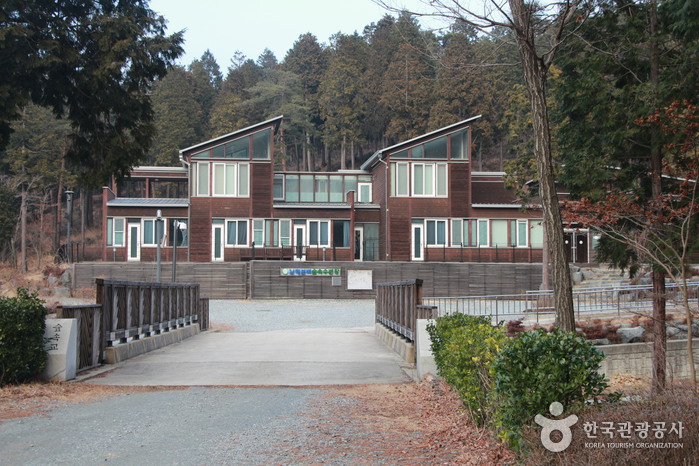
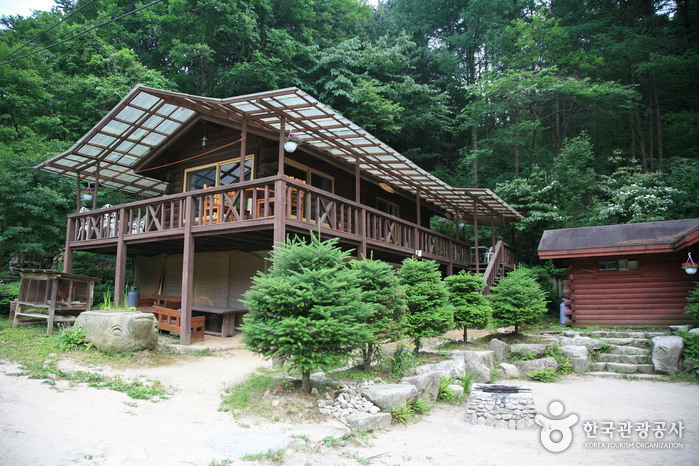
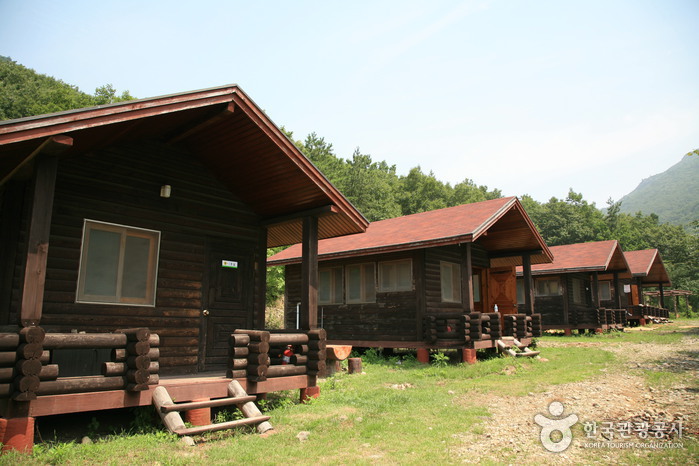
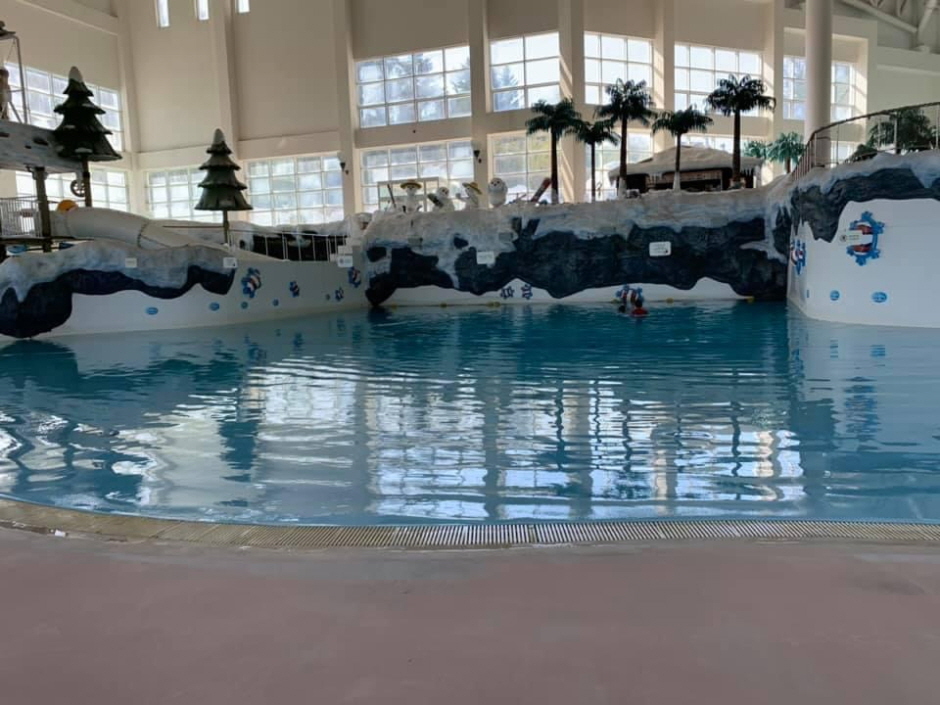
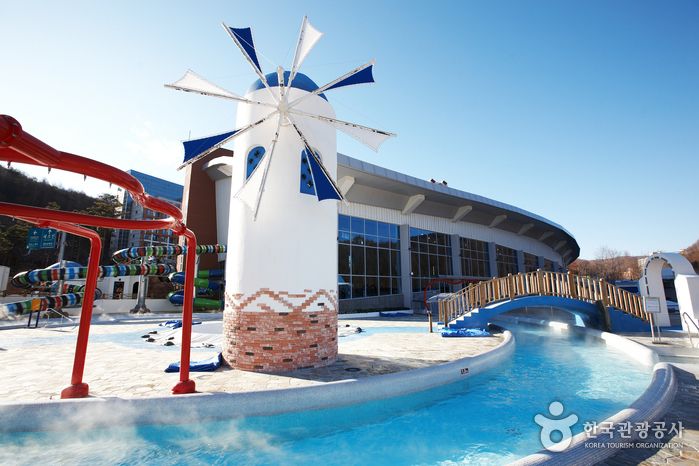
![Dolmen in Bugeun-ri [UNESCO World Heritage] (강화 고인돌 유적 [유네스코 세계문화유산])](http://tong.visitkorea.or.kr/cms/resource/77/1876577_image2_1.jpg)
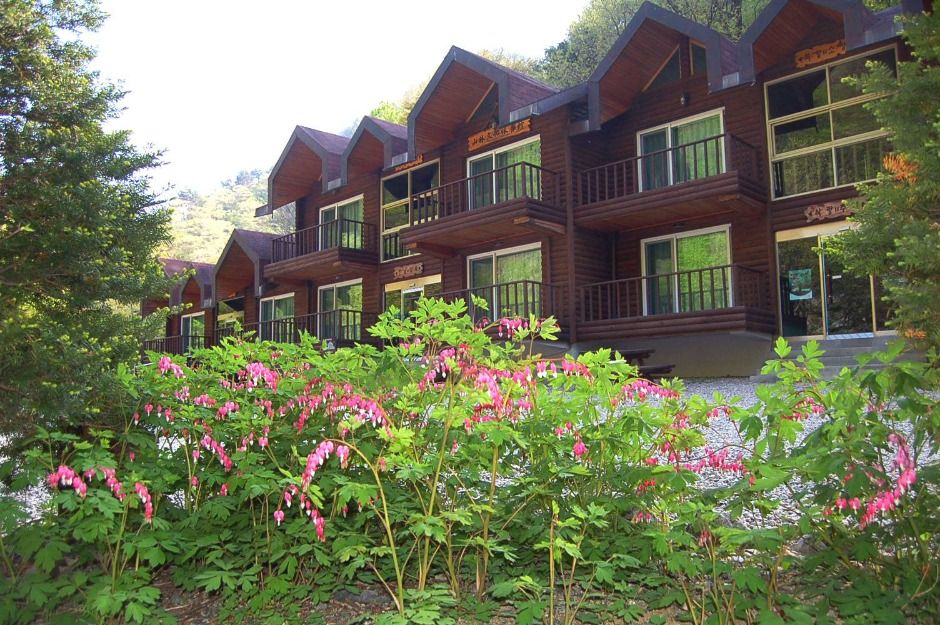
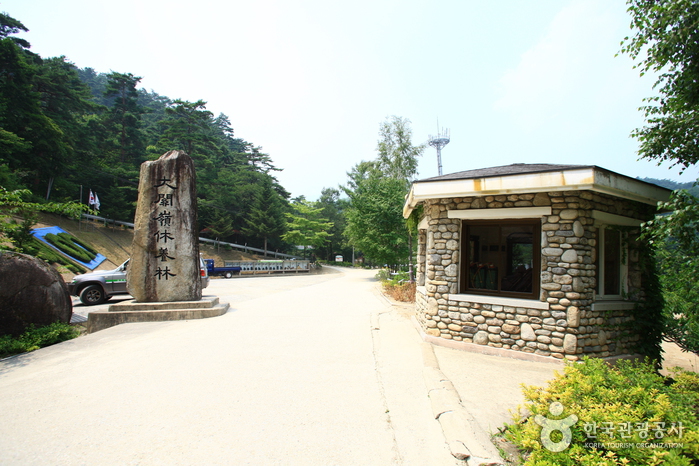
 English
English
 한국어
한국어 日本語
日本語 中文(简体)
中文(简体) Deutsch
Deutsch Français
Français Español
Español Русский
Русский